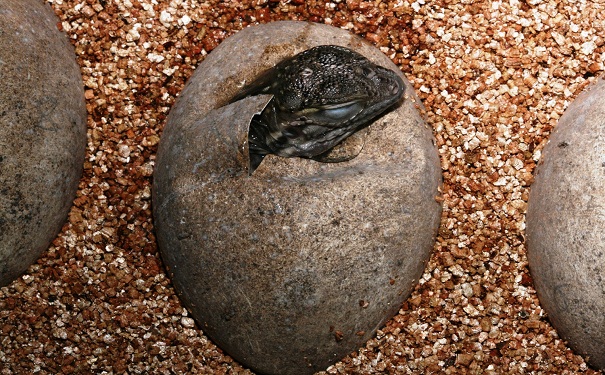 |
| Skull of Marine Iguana |
Description
The Galapagos marine Iguana is one of the worlds only marine lizards, by the name you can already tell they are from the Galapagos Islands and are well adapted to their harsh environment that is absent on mammals that would hunt them. They have sharp claws in order to climb up rock cliffs and short blunt mouths made to eat sea weed and grassy vegetation their flat tails are used for swimming through the violent waters they call home.
Size
The males of this species can grow up to 0.75m and the
average weight is 1.5kg this is the average male.
The females of this species can grow up to 0.6m and the average weight is 0.5kg this is the average female.
Diet
This species of iguana feed on seaweed and tropical fruit that can be found around the island.
Mating Season
During the mating season of the Galapagos Marine Iguana they will turn a copper like green along with red this a sign of the mating season being in session, when the female is ready to lay her 1-6 eggs she will go 300 meters inland, in sand or in pockets of volcanic ash that are 30-80 centimeters deep the mother will watch over the nest until the incubation process is done this takes 95 days after the eggs hatch the mother leaves the young iguanas witch look like mini adults to fend for themselves around half of them will survive.
Video Links
https://youtu.be/AhkxE5b3Ubw?t=2
https://youtu.be/bV0F0sjNSAU?t=4
